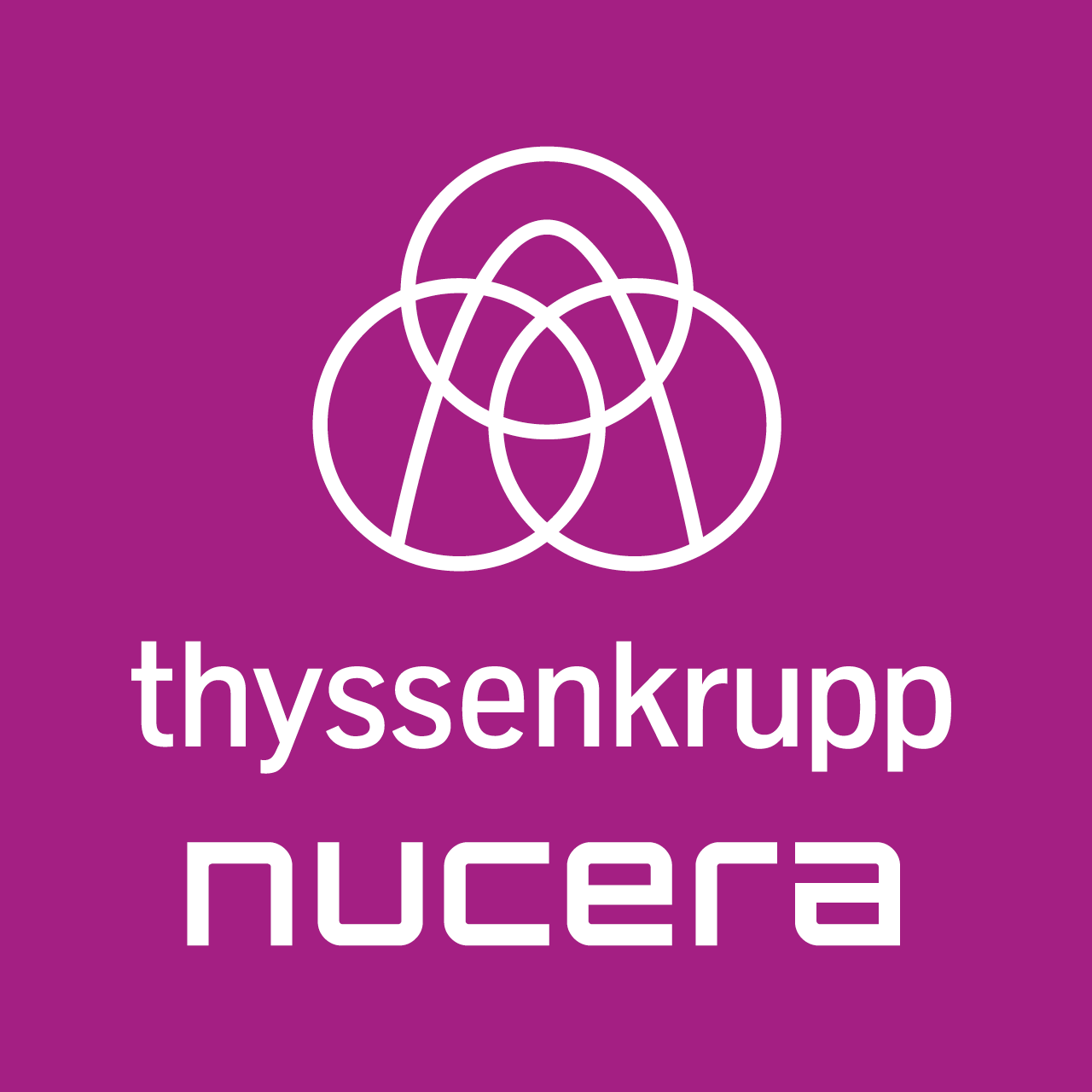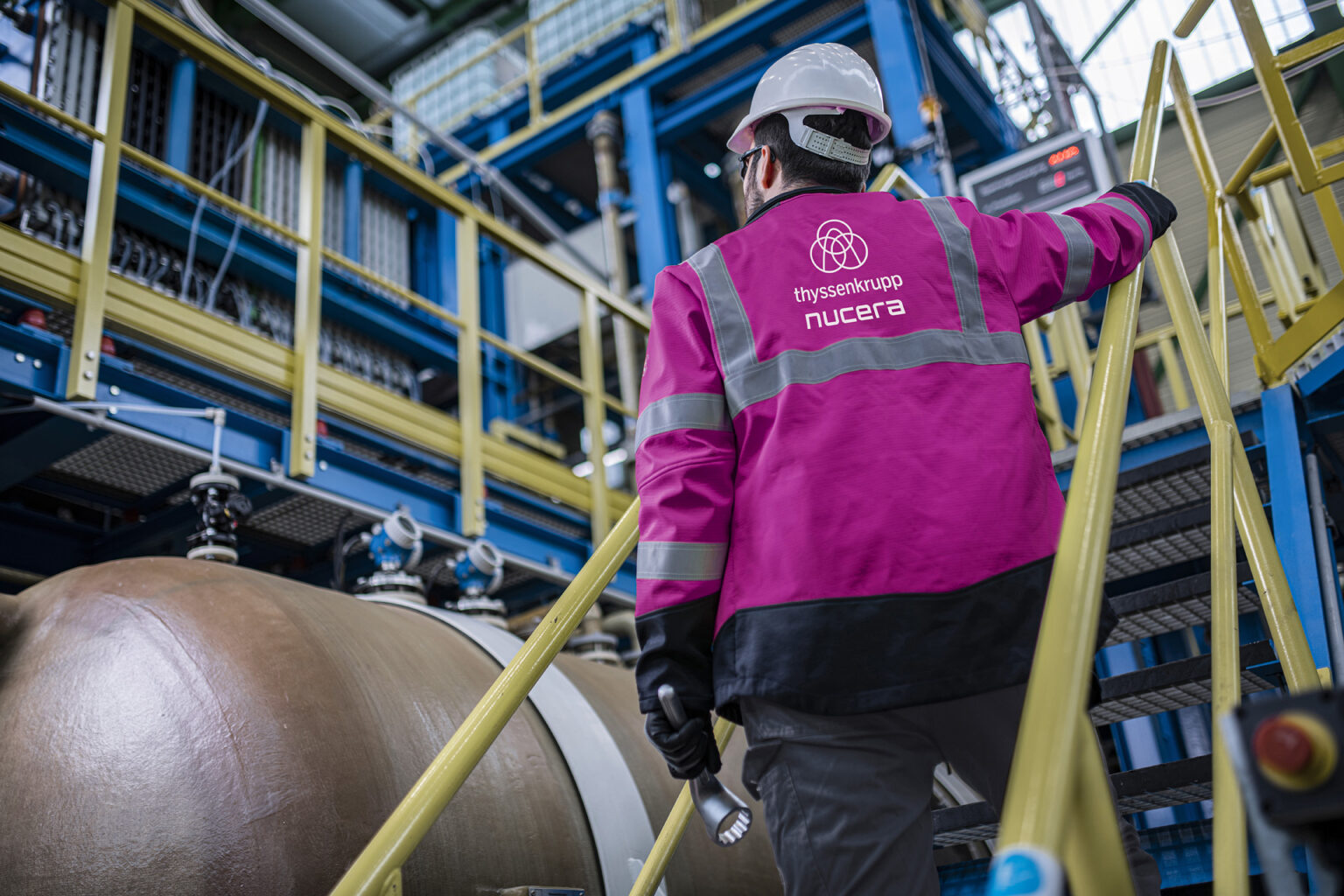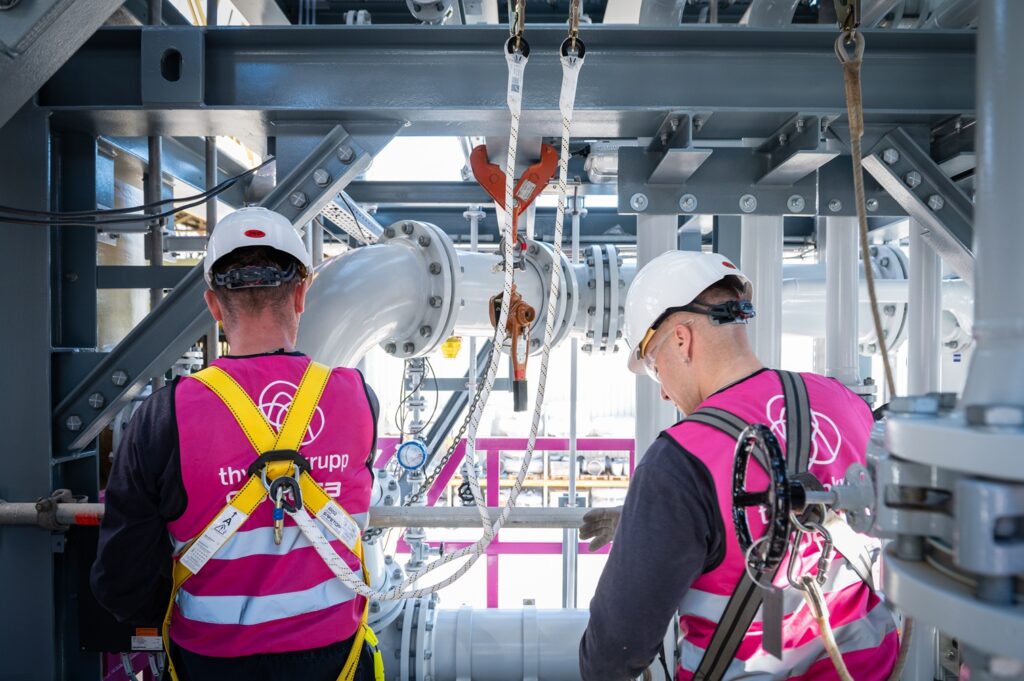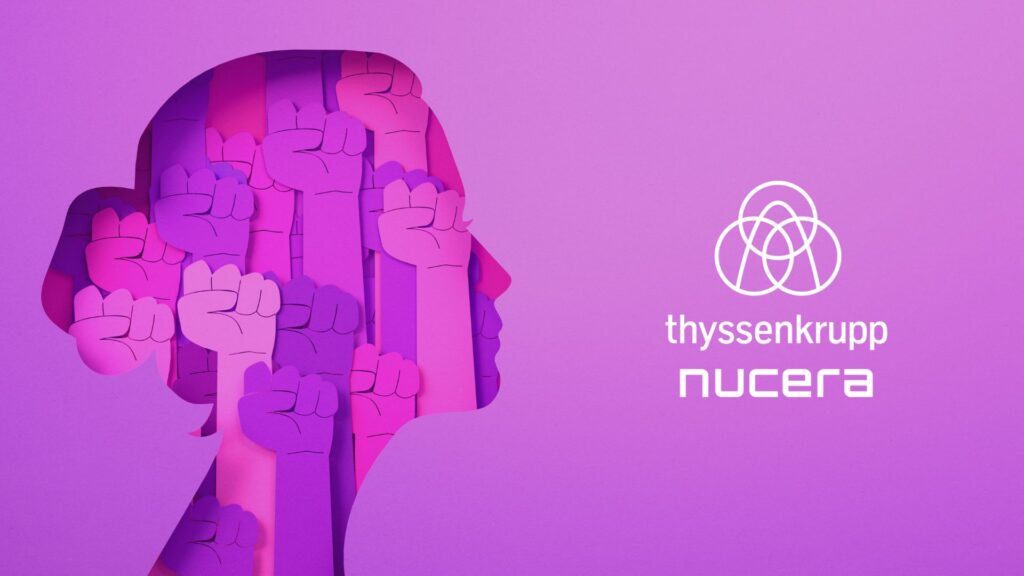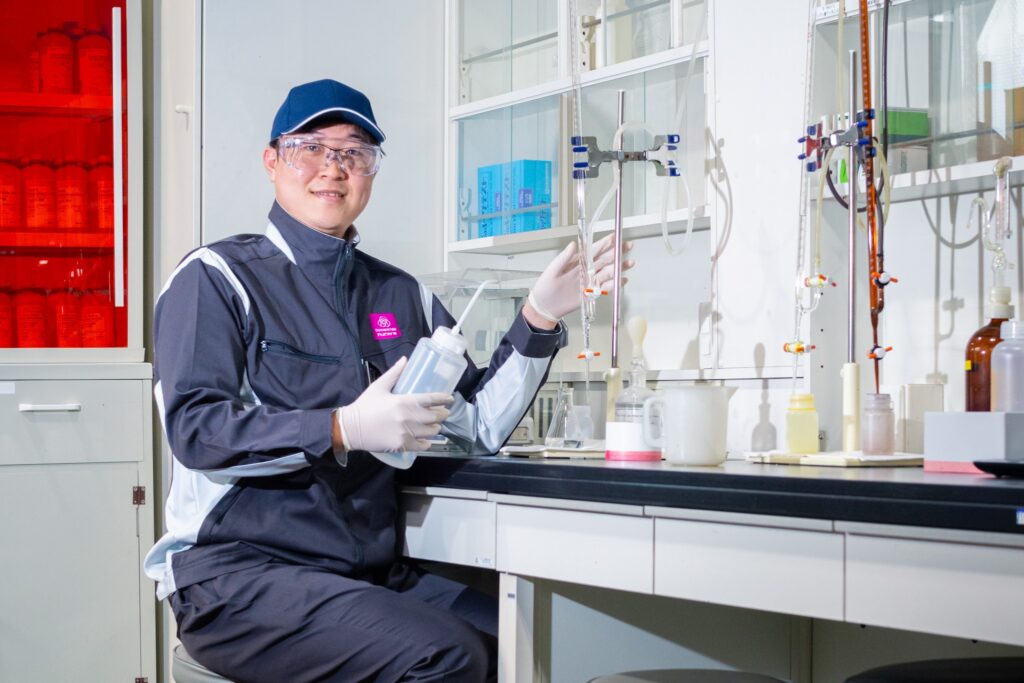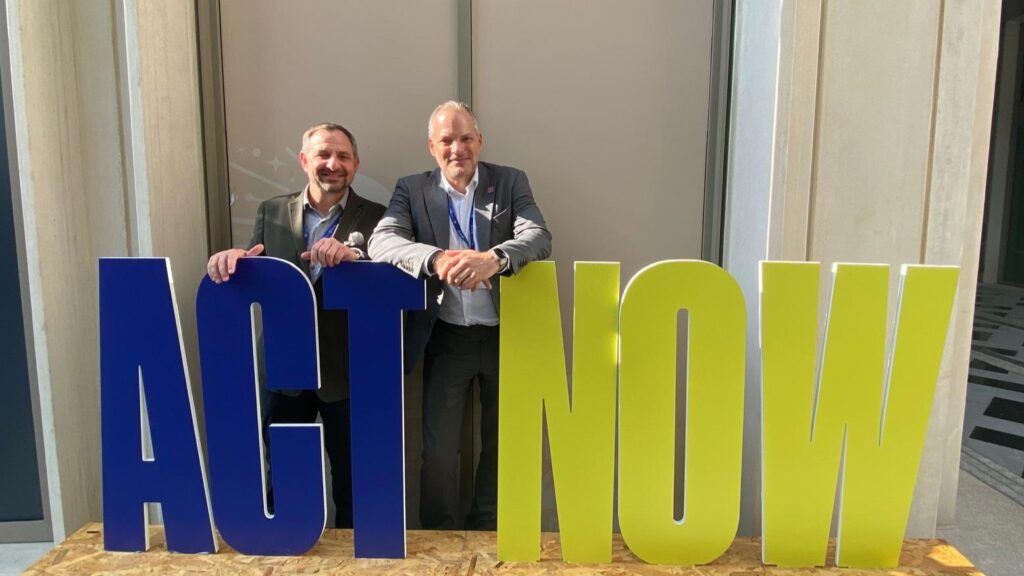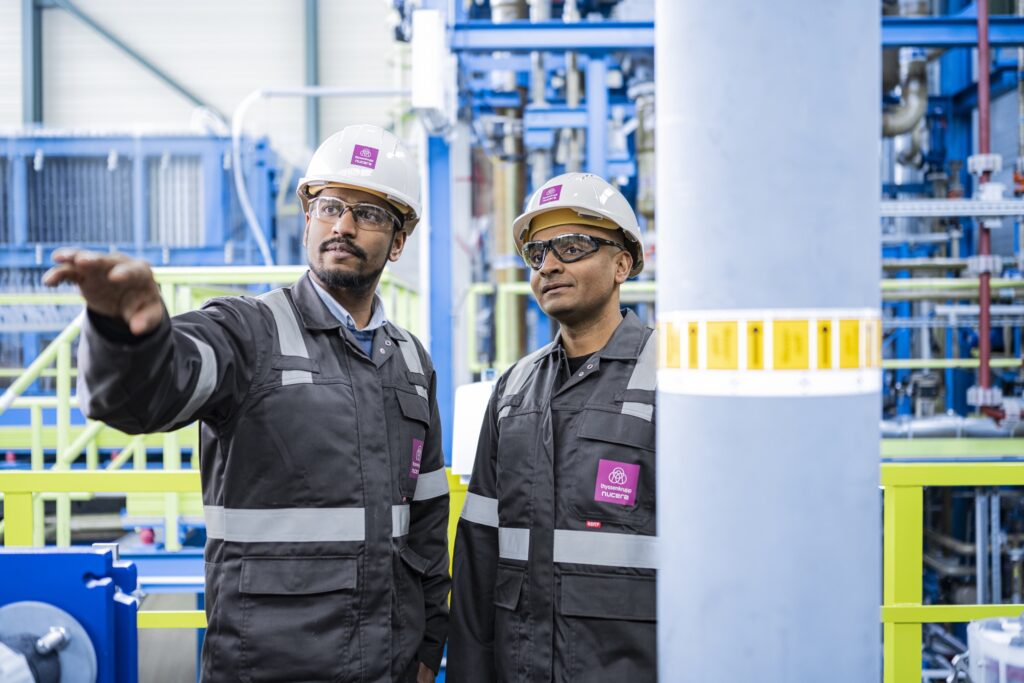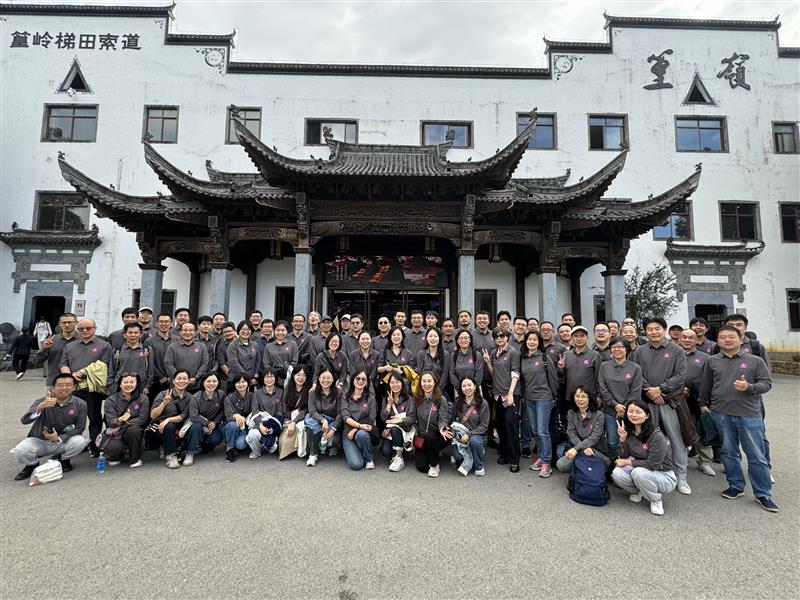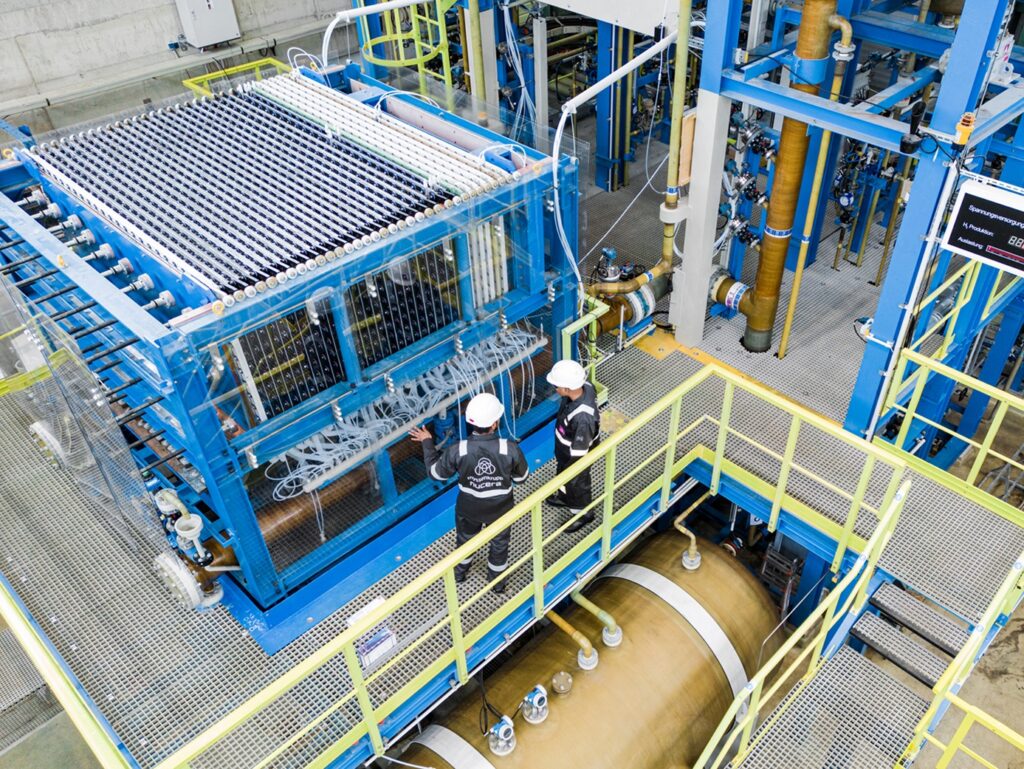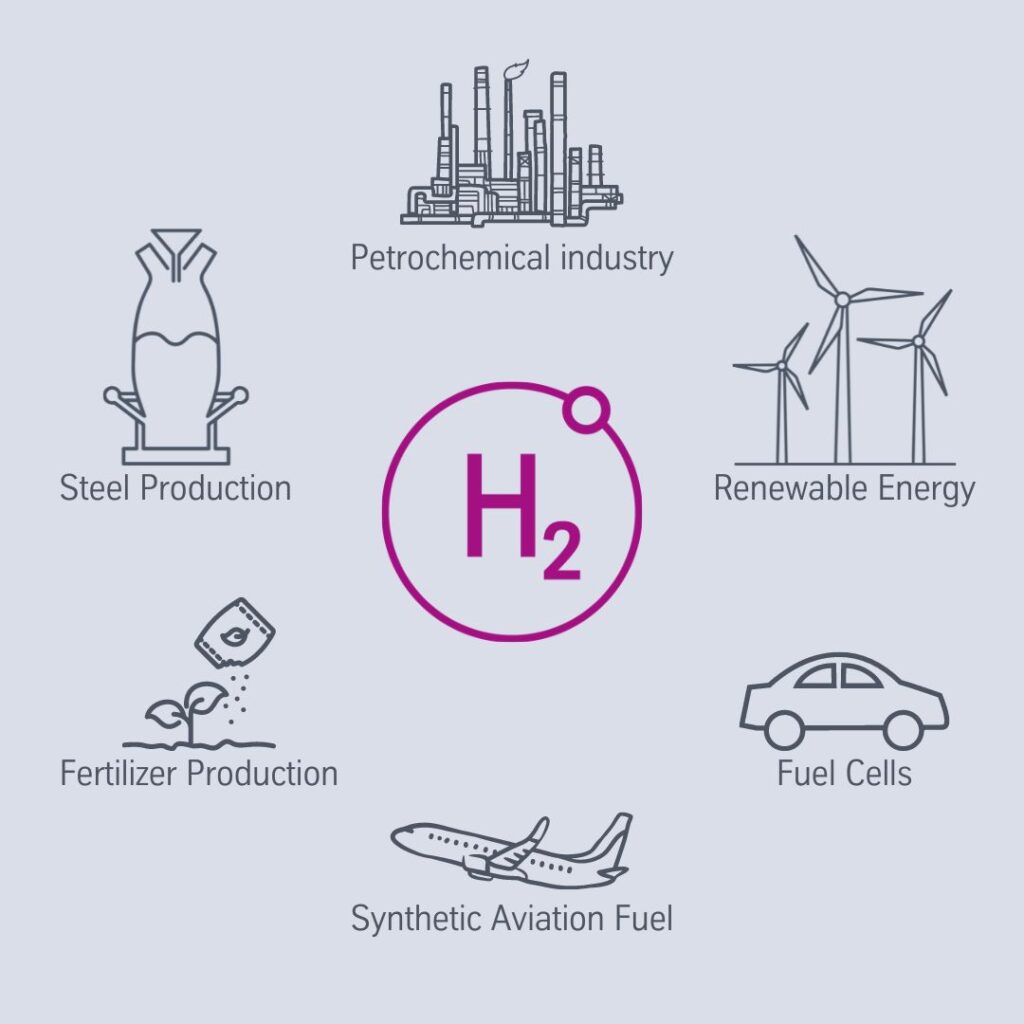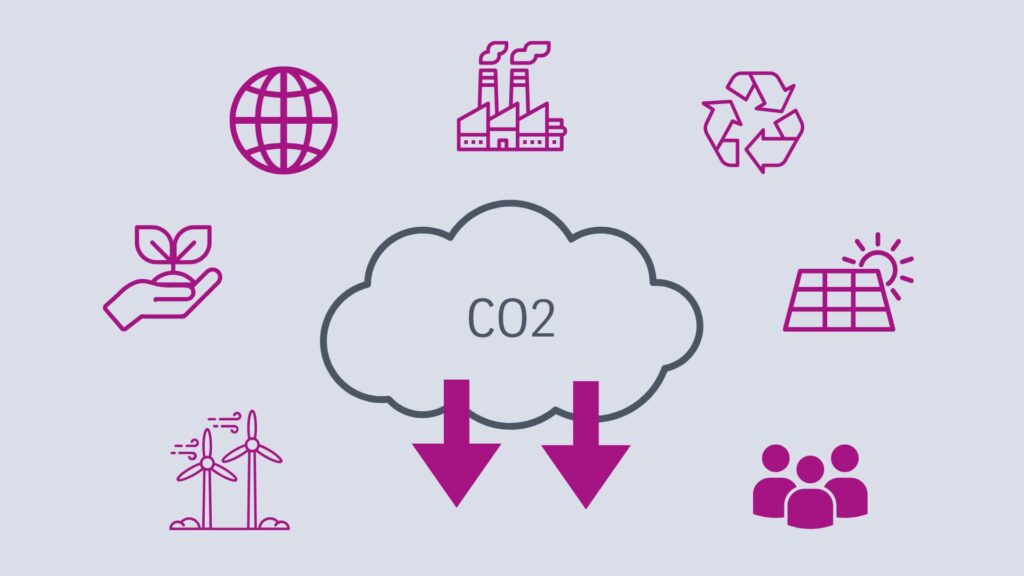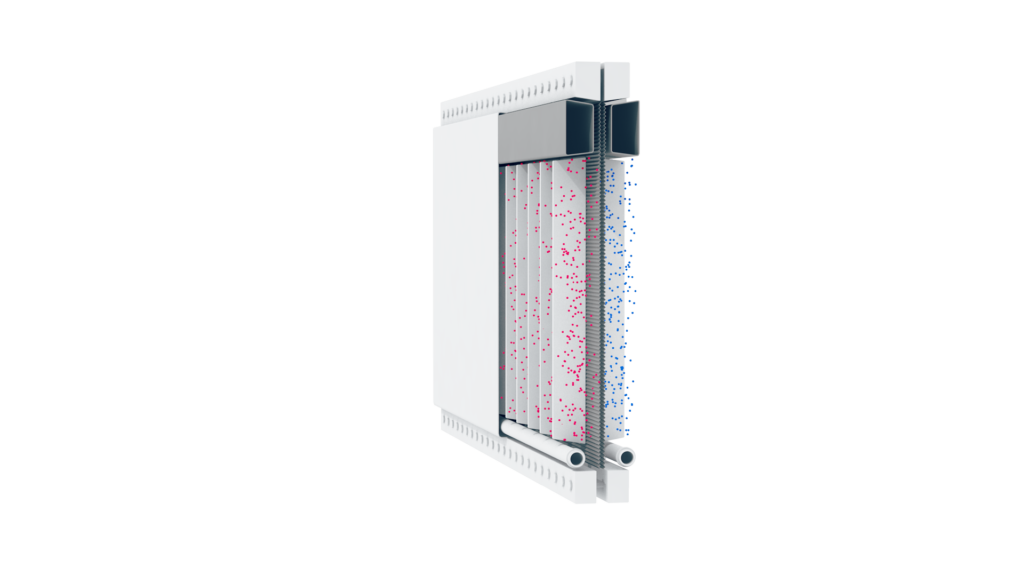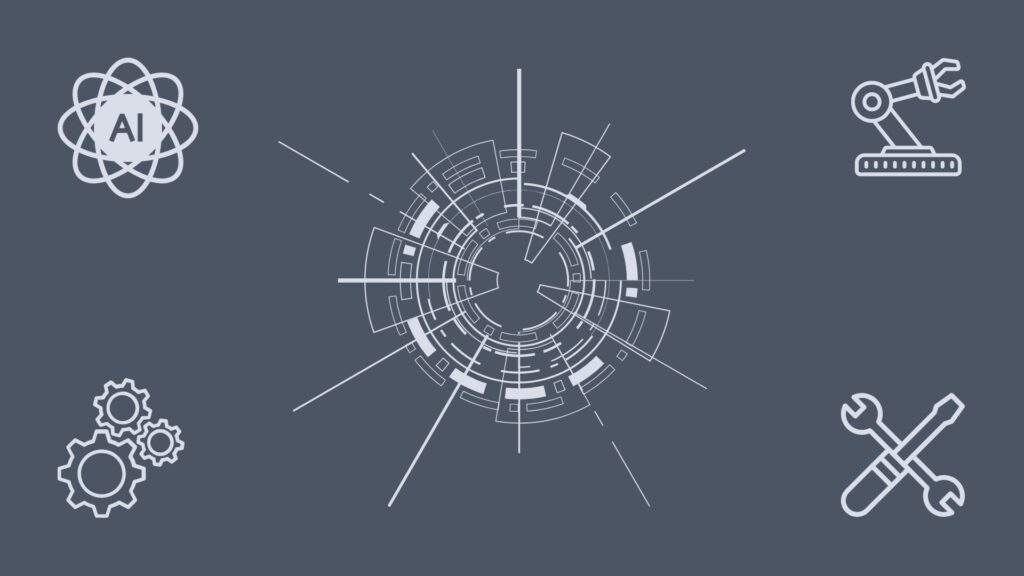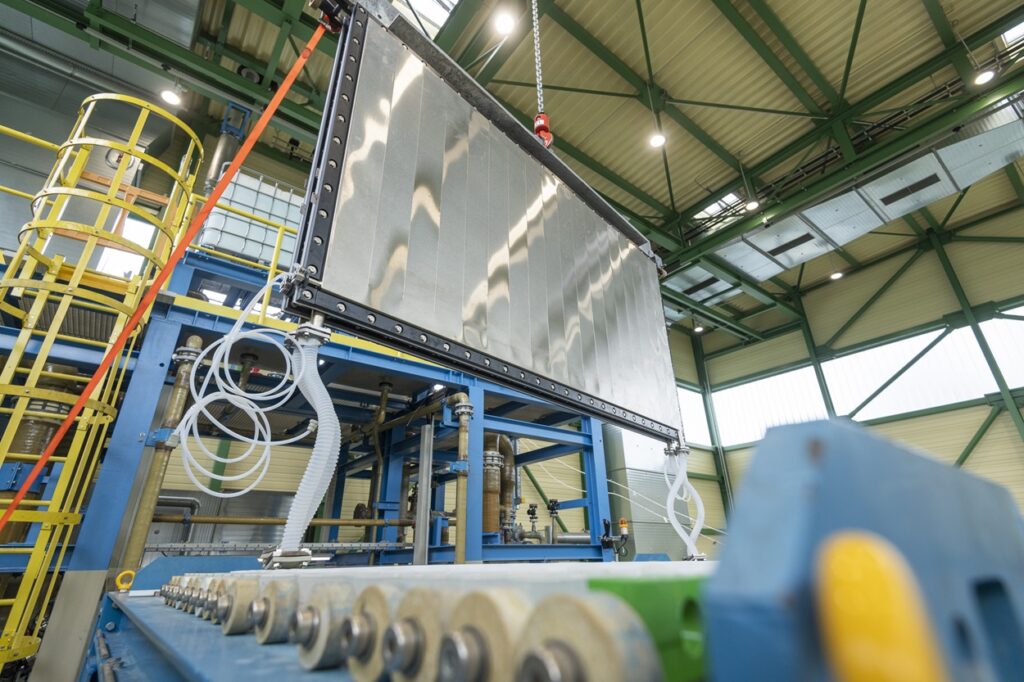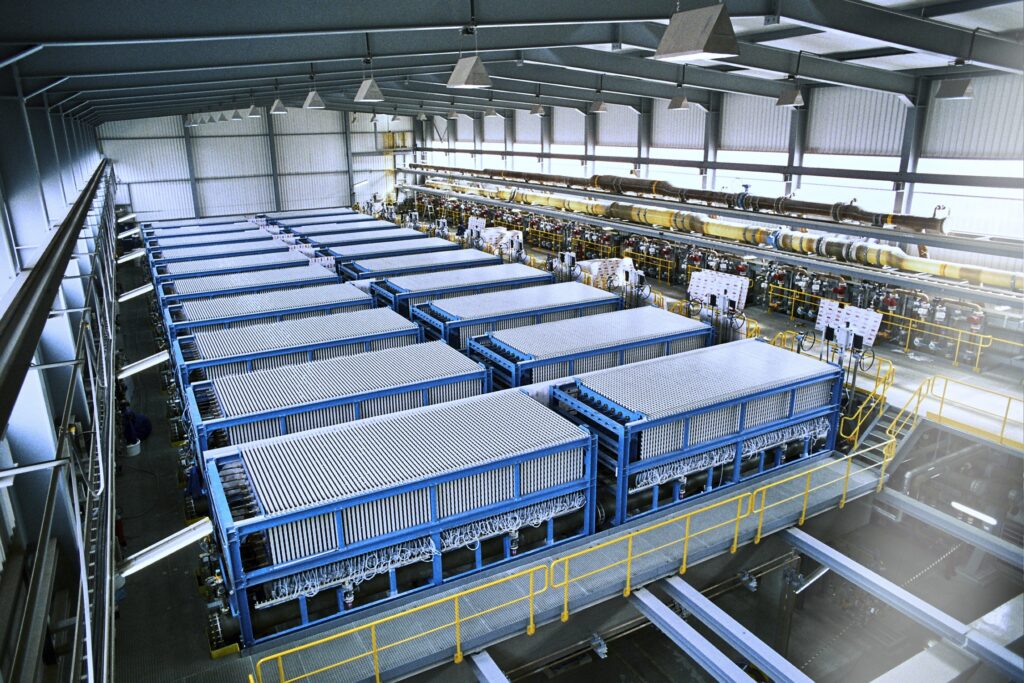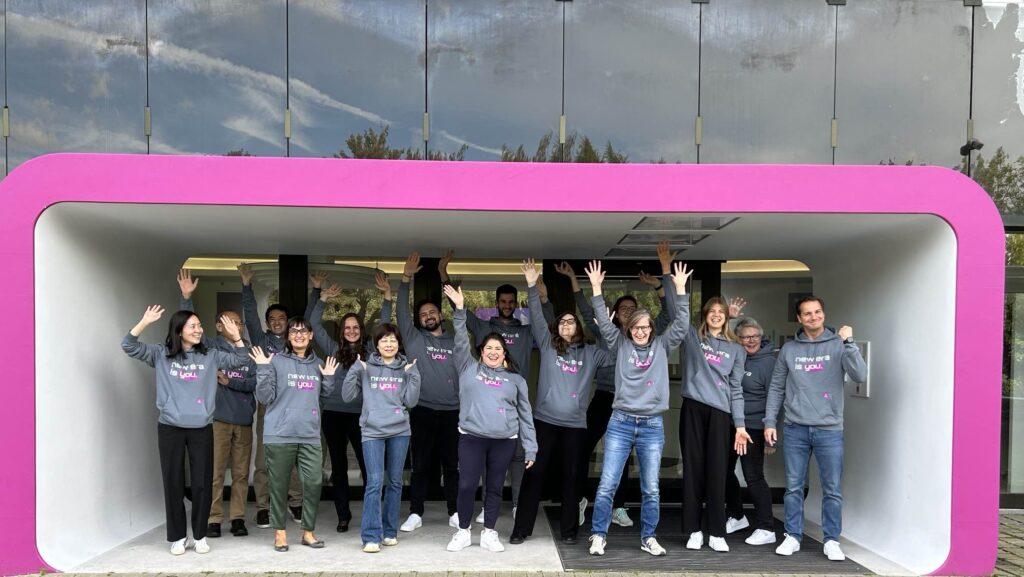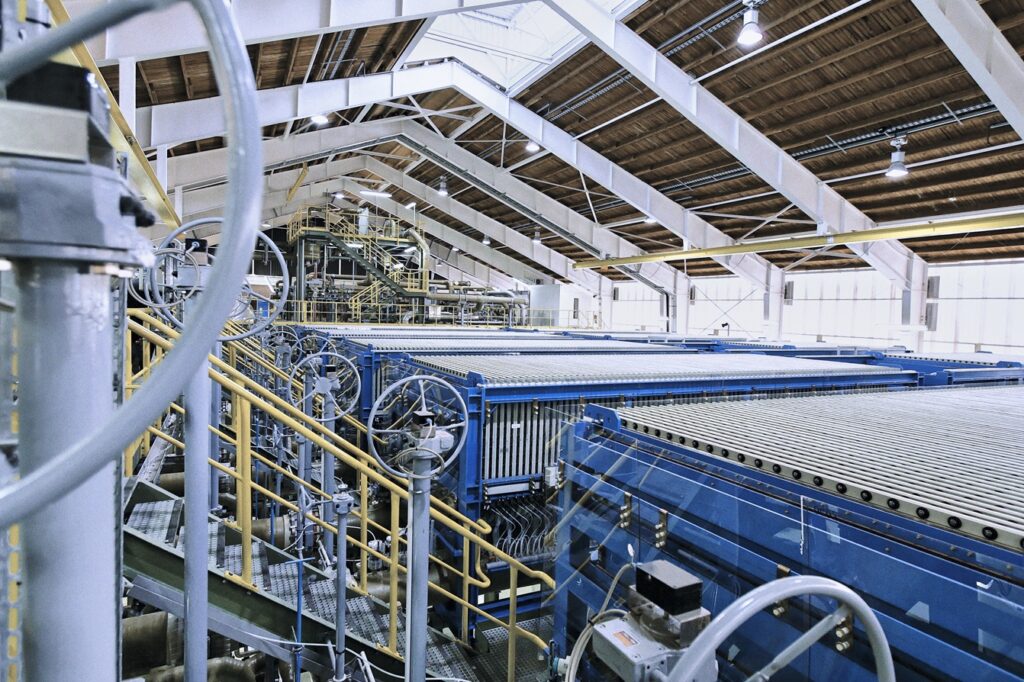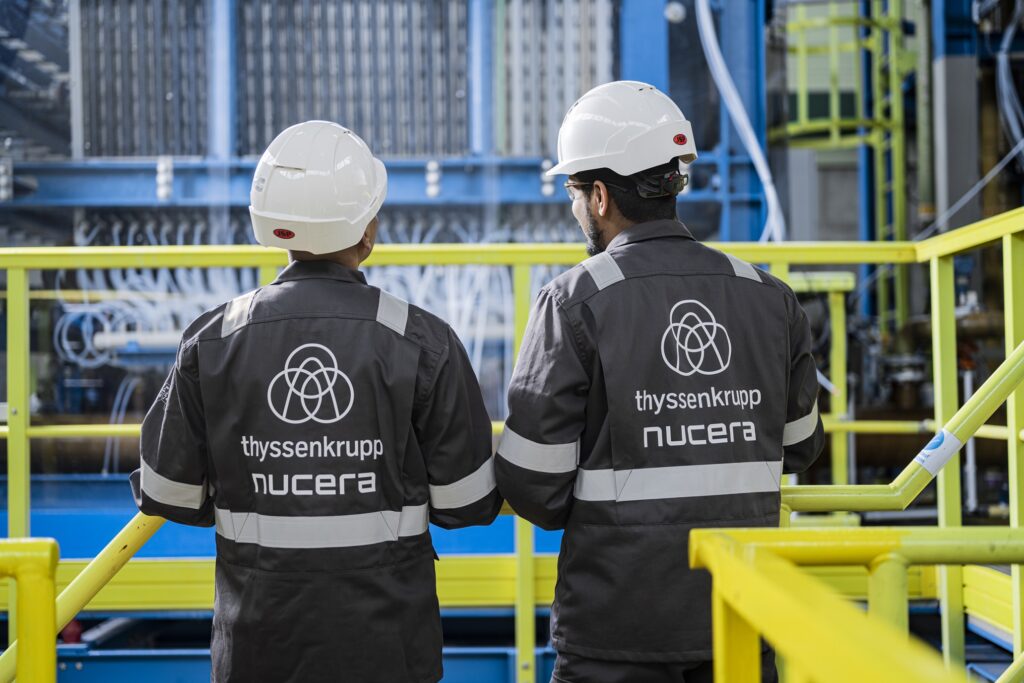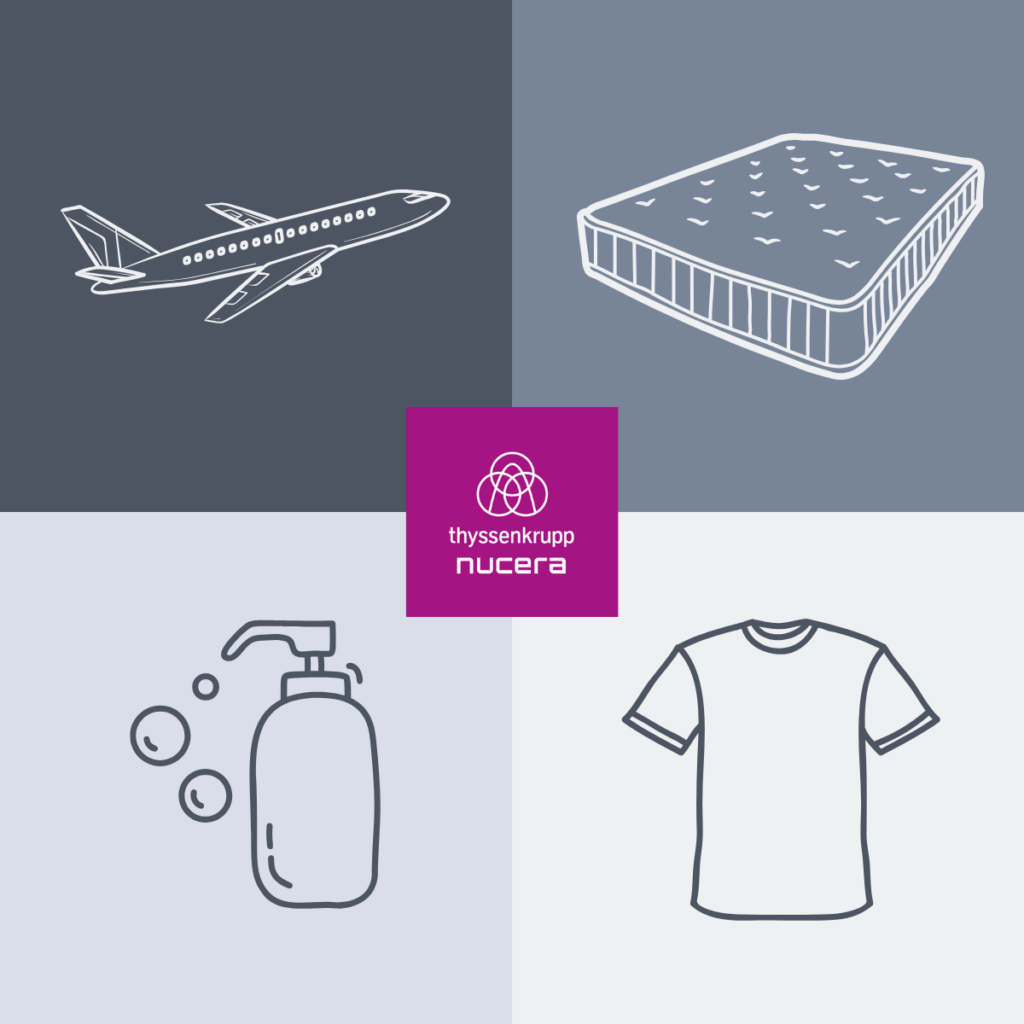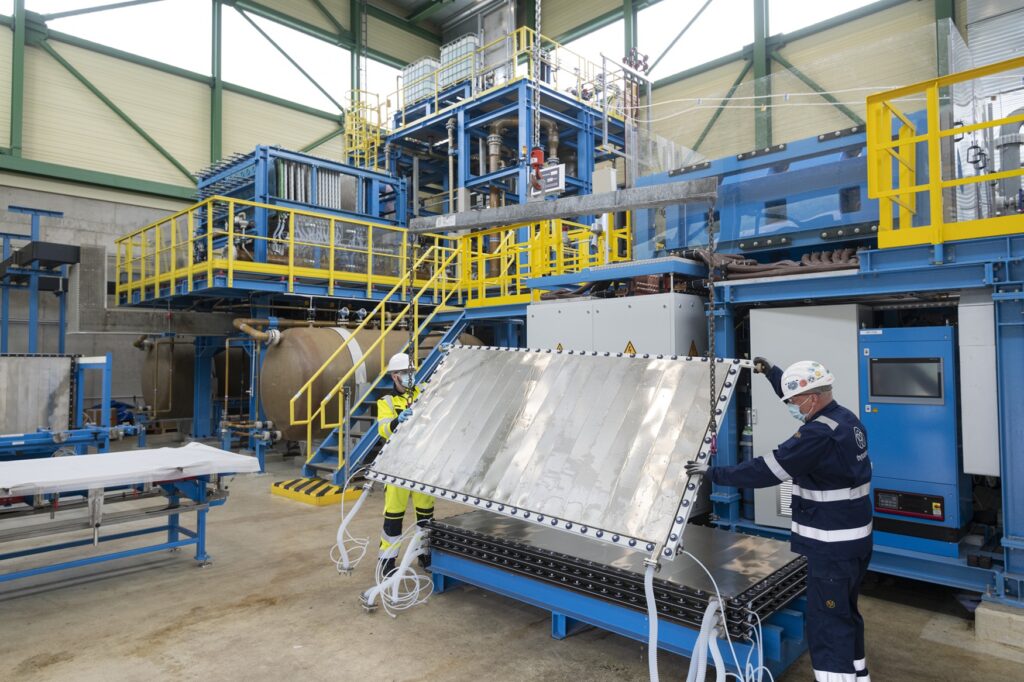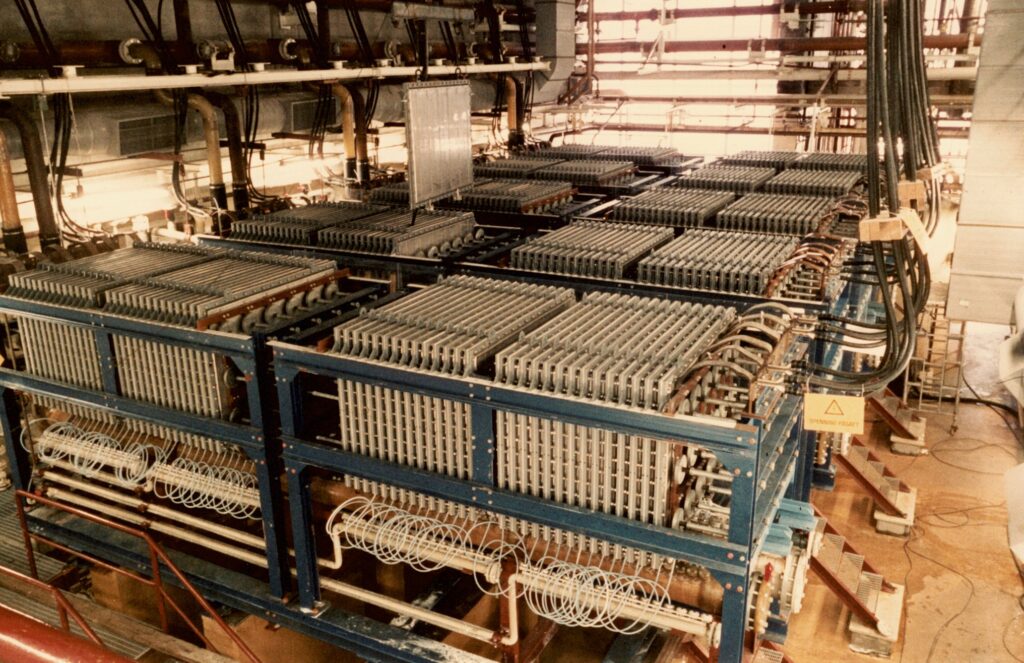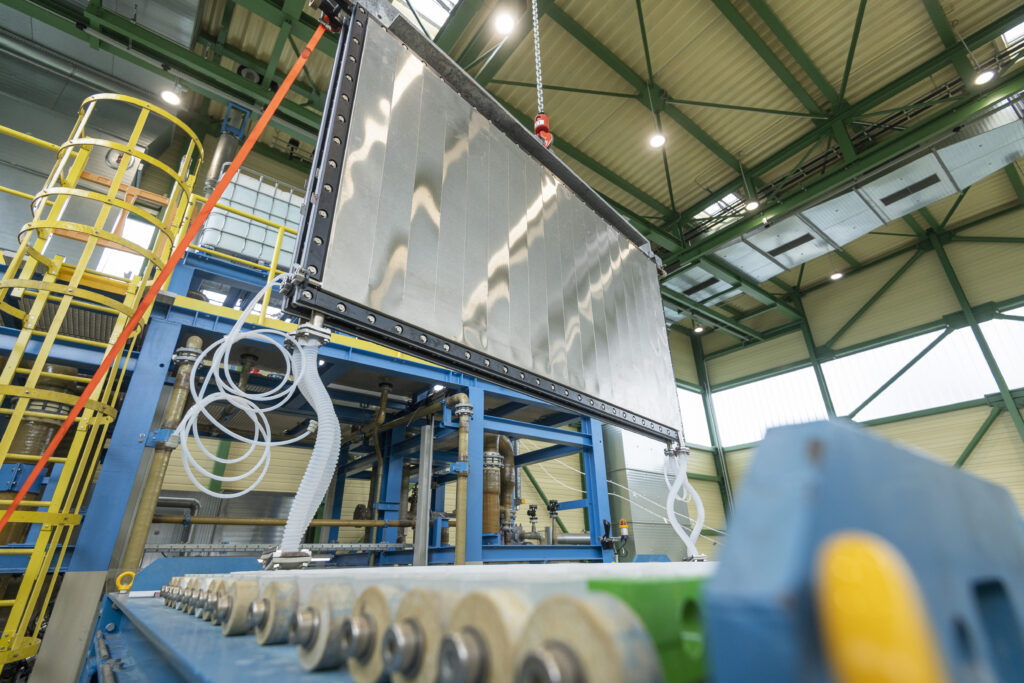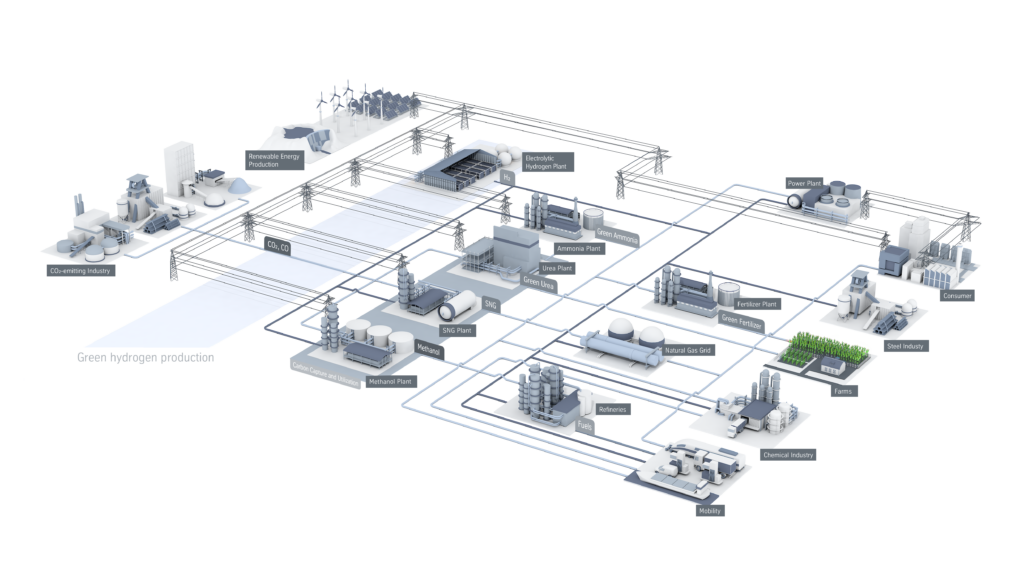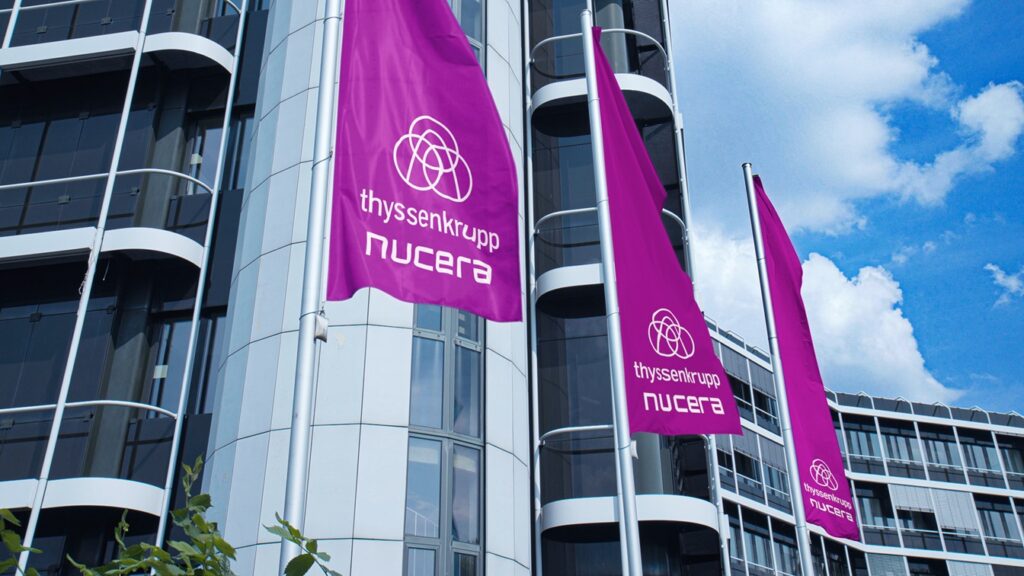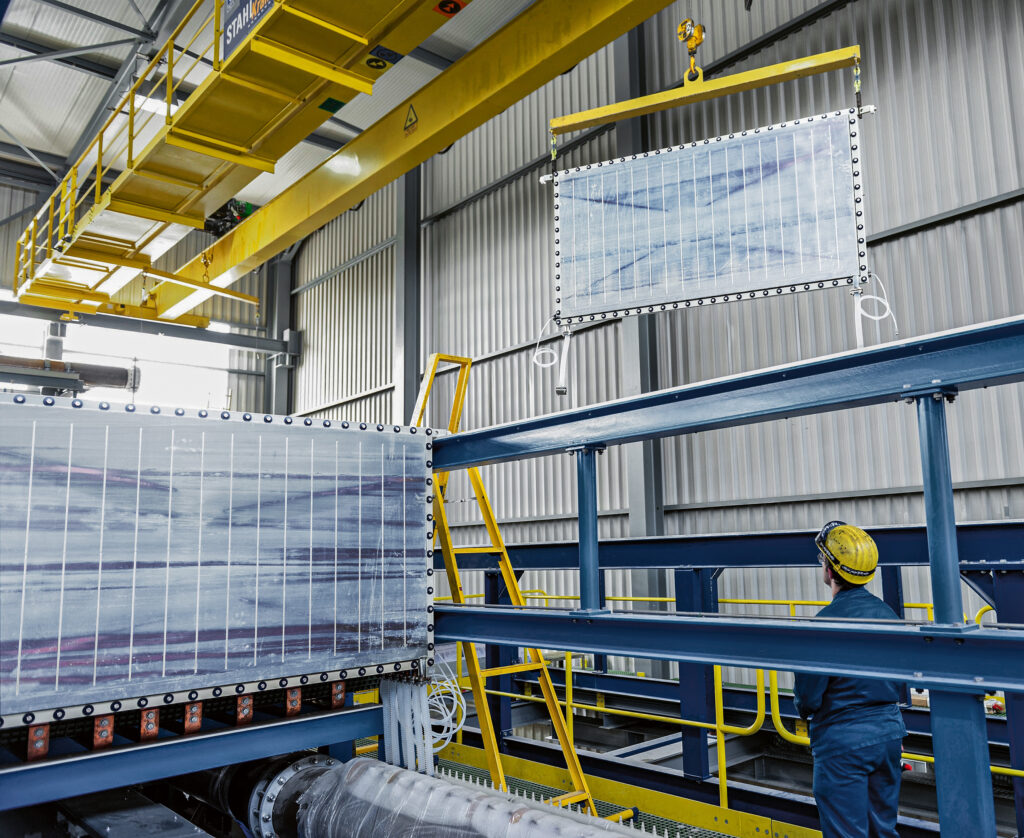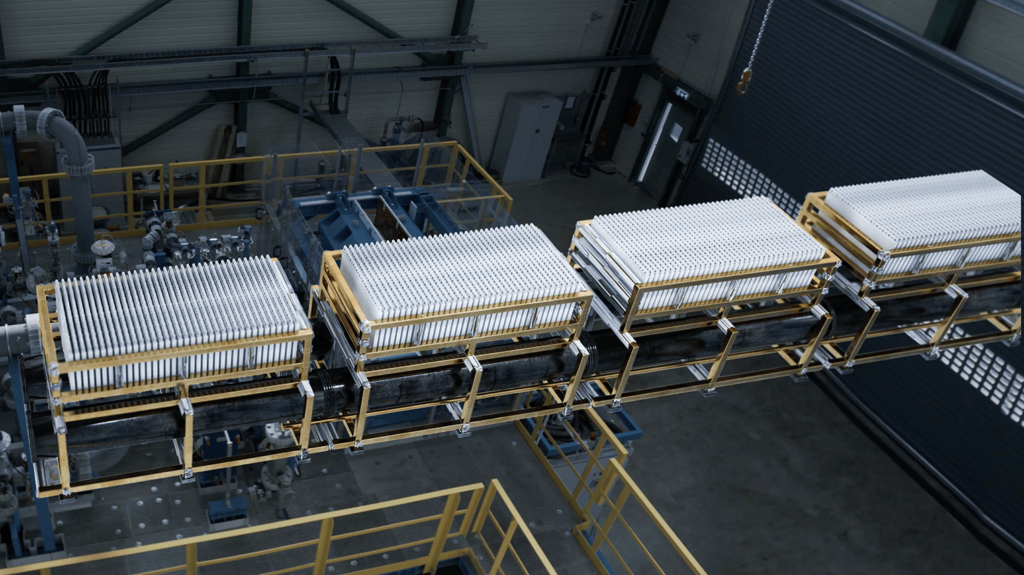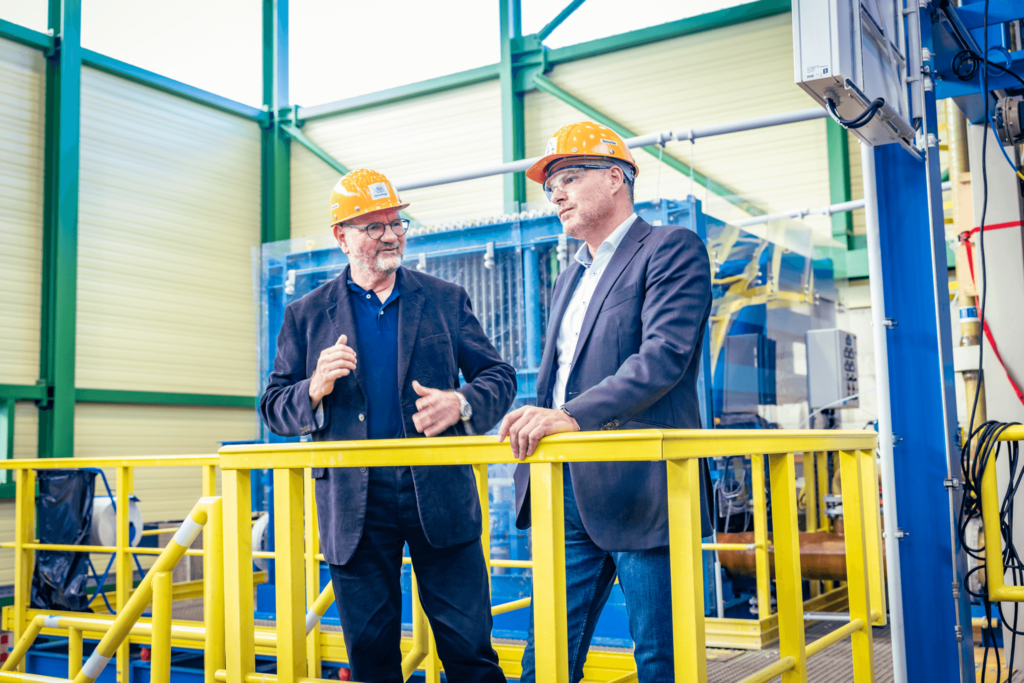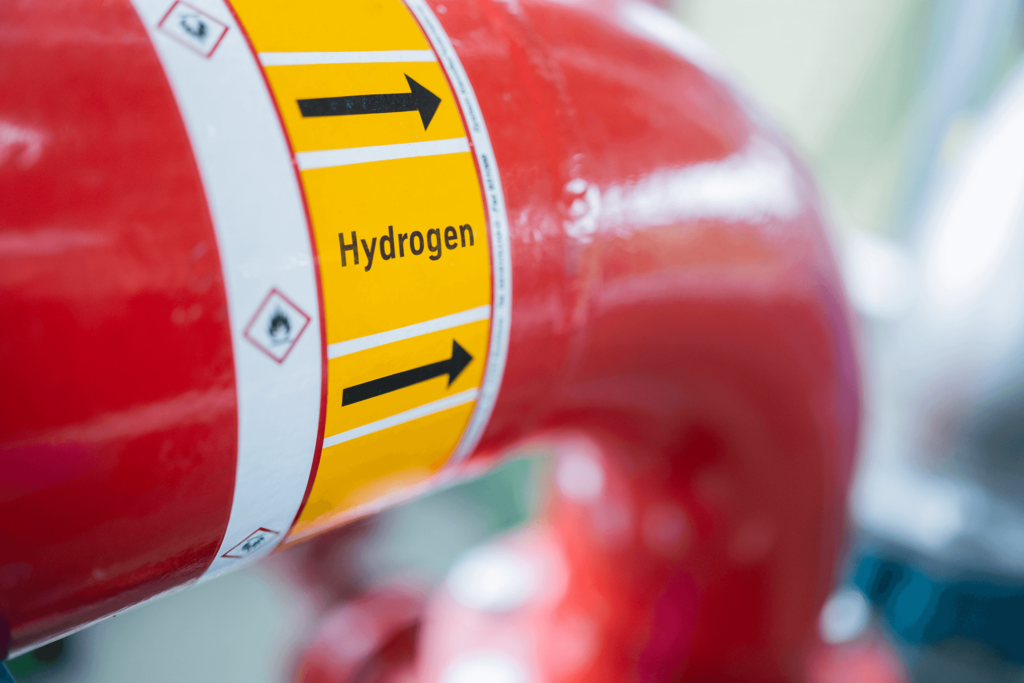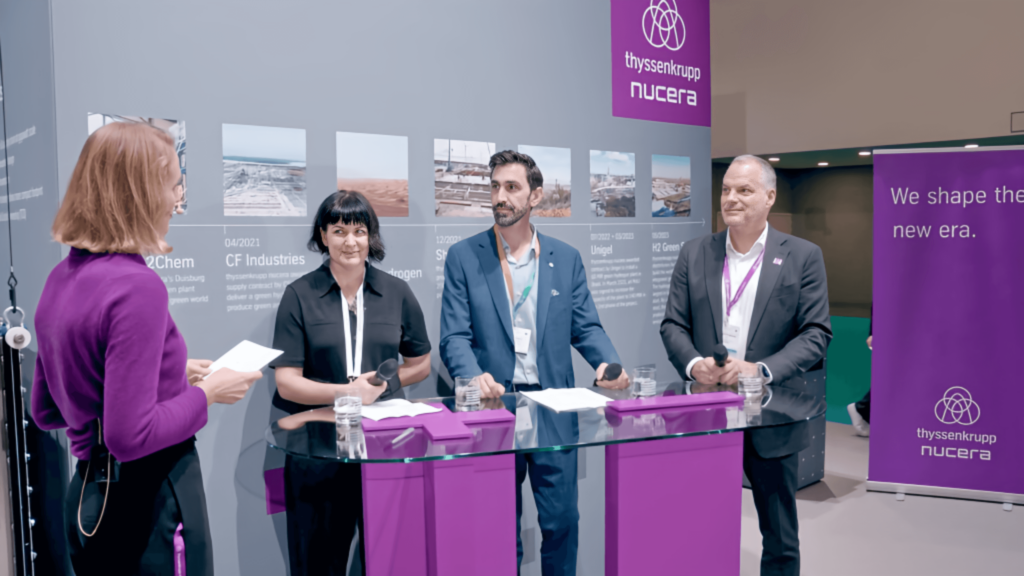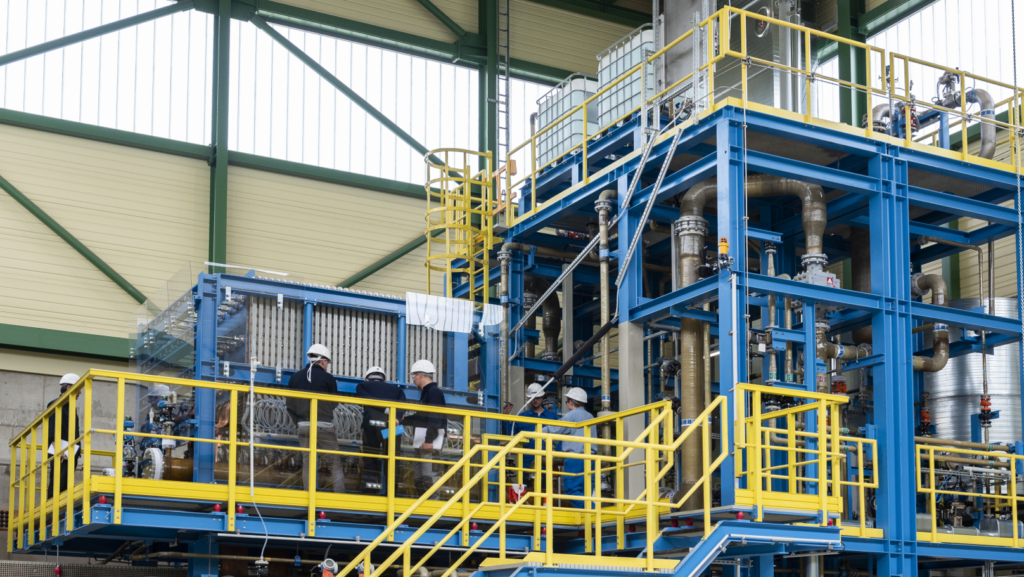Each year on April 28, organizations, governments, and workers’ associations around the globe celebrate World Day for Safety and Health at Work to raise awareness of occupational hazards, injuries and illnesses and advocate for better practices and policies in workplaces worldwide.
At thyssenkrupp nucera®, “safety first” is more than a principle we embrace on World Day for Safety and Health at Work—it’s a philosophy that guides what we do each and every day. We are committed to ensuring safety for our customers, our co-workers, ourselves and our families. Our teams have a clear understanding: Safety starts with each of us, which means stopping any unsafe activity and taking action to make it safe.
One of the ways we institutionalize this mindset is through our occupational safety and health management system, which is certified to the ISO 45001 standard.
How Organizations Approach Workplace Safety
More than 7,000 people die each day from work-related accidents or diseases globally, underscoring the need for organizations across industries to make safety a priority. Organizations typically fall into one of three categories when it comes to handling workplace risks and improving corporate safety:
- Those without a formal occupational safety and health management system. These organizations respond reactively when a safety incident occurs.
- Those with a safety management system that is not integrated into day-to-day operations. These organizations may have created a document, but the safety management system is not an integral part of the company’s processes and culture.
- Those with a safety management system that is fully integrated into all of their operations. These companies live and breathe according to their safety management system, using it as an important reference document as they go about their daily business.
At thyssenkrupp nucera®, we fall into this third category, and ISO certification is one of the vehicles that help us ensure that we continue to keep our safety management system at the heart of everything we do.
What ISO 45001 Entails
An international standard for occupational safety and health management systems, ISO 45001 gives organizations a systematic approach to plan, support, implement and evaluate their efforts to reduce or eliminate occupational health and safety risks. Its publication in March 2018 marked a milestone in the standardization of safety management systems, giving organizations a globally recognized framework to plan and implement an ongoing process, or system, for improving workplace safety and health.
The standard is one of more than 25,000 created by the International Organization for Standardization (ISO), which brings global experts together to agree on the best way of doing things. The ISO 45001 standard builds on earlier international standards, including OHSAS 18001 and the International Labour Organization’s ILO-OSH Guidelines and the ILO’s international labor standards and conventions.
Nearly 400,000 ISO 45001 certificates have been awarded globally, according to ISO. Compliance with ISO 45001 not only helps protect employees and stakeholders but also contributes to the overall success and sustainability of the organization.
The Impact of ISO 45001 Certification on Our Safety Culture
Our Houston, Texas, office is our most recent location to earn ISO 45001 certification. The certification process required us to examine our ways of working and ensure that our management system is comprehensive and efficient.
Moving forward, certification requires us to create processes to ensure that we conduct regular audits, communicate potential risks to all affected employees, and take steps to continually improve the system. Because workplace health and safety laws and regulations vary widely by location, ISO 45001 also requires that we identify all relevant legal obligations, understand any gaps in compliance (including documentation needed), and report out annually to the board and management on the performance of the management system.
Together, these requirements serve as a mechanism to ensure that we approach safety with a proactive, rather than reactive, approach.
For example, thyssenkruup nucera’s management system requires that we not only perform a risk assessment but also communicate with our teams about the assessment. That includes discussing the risk assessment with employees at all levels of the organization—including blue collar, non-managerial workers who will be working on or be affected by the activities covered by the risk assessment—and incorporating their input into the system.
Consider a head of sales who wants to send their sales team to a customer location. A certified safety management system helps ensure that the sales leader fully understands the importance of assessing all risks associated with the travel (including how safety precautions and regulations differ between countries), has communicated these risks to teams who will be asked to travel and has considered their input when putting necessary preventative measures in place.
By assessing and mitigating health and safety risks every single day, we address our moral imperative to keep people safe and our legal imperative to comply with all relevant regulations. We also reduce the direct and indirect costs associated with workplace safety incidents, which can be quite high: OSHA estimates that employers pay nearly $1 billion per week in workers’ compensation costs alone, including indirect costs, such as lost productivity, training for replacement employees, and damage to a company’s reputation.
Keeping Safety Top of Mind in Everything We Do
On World Day for Safety and Health at Work, we join organizations across industries in raising our voice to advocate for safe workplaces. But our focus on safety will be just as strong the next day, the next week, and the next month. By leveraging the ISO 45001 framework, we continue our daily work to ensure that our safety management system remains effective and efficient, reinforcing safety as a shared value across the company.
